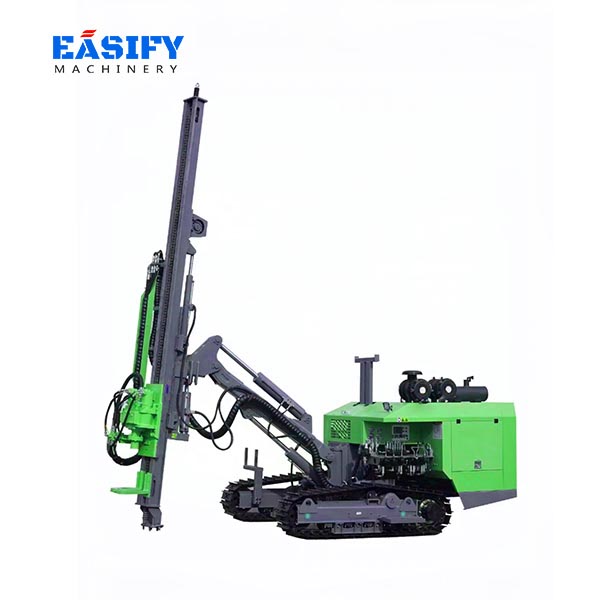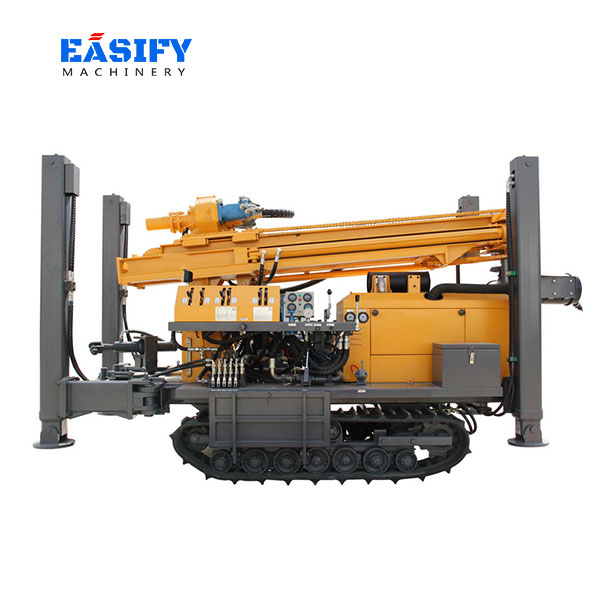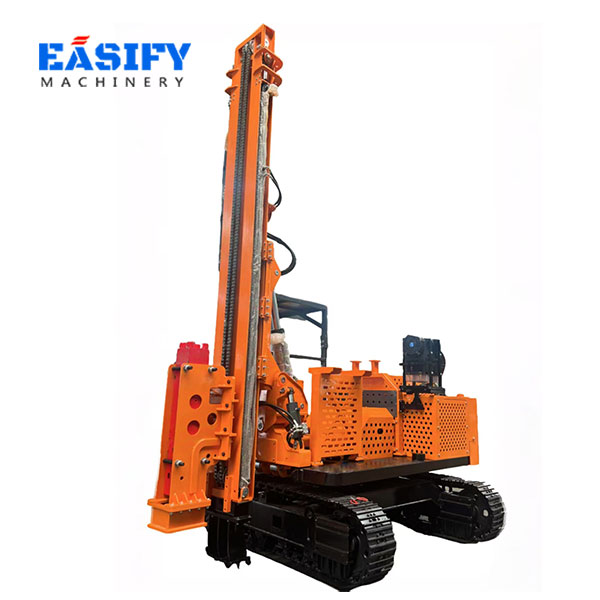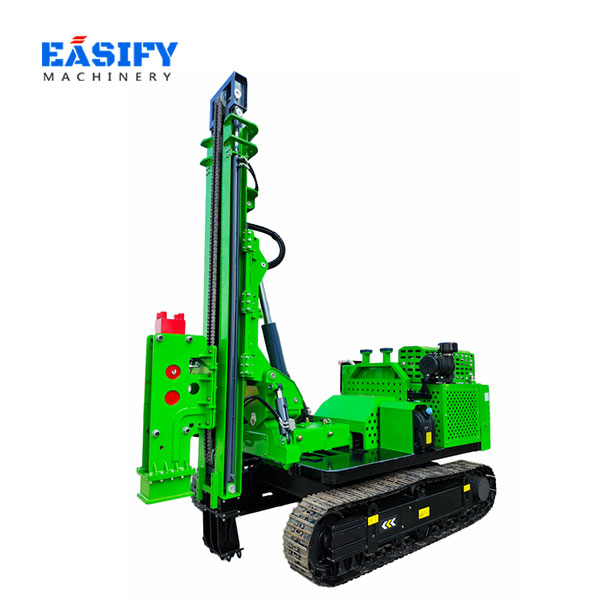Table of Contents
ToggleAs solar energy projects grow in size and scope, choosing the right pile driver becomes critical for efficiency, safety, and overall cost savings. Whether you’re installing solar farms on flat terrain or tackling challenging ground conditions, the right pile driving equipment can significantly impact your project’s success. In this guide, we’ll walk you through how to choose the best pile driver for your solar jobsite.
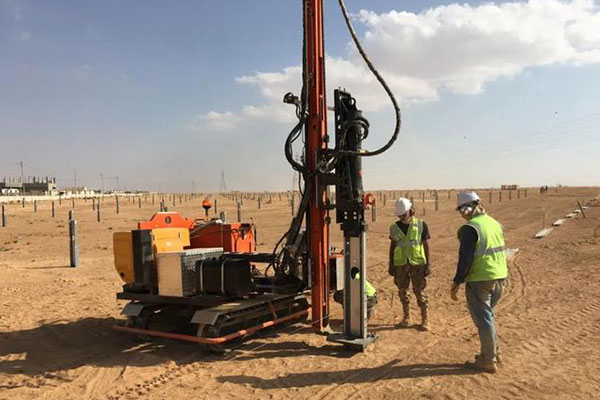
1. Understand Your Project Requirements
Before selecting any equipment, assess the specifics of your solar project. Key questions to ask include:
- What is the size and scale of the installation?
- What is the soil type at the site?
- What is the depth and diameter of the piles?
- Are there any environmental or noise restrictions?
Your answers will help determine whether you need a lightweight, portable unit or a heavy-duty, high-impact pile driver.
2. Consider the Soil Conditions
Soil type plays a huge role in choosing a pile driver. For example:
- Soft or sandy soil: A hydraulic pile driver with high-speed impact is ideal.
- Rocky or hard soil: You’ll need a heavy-duty pile driver with a high impact force or rotary drilling capability.
Tip: Always conduct a geotechnical survey before equipment selection.
3. Consider the Size and Type of Piles
Solar mounting structures typically use steel posts or beams of different lengths and diameters. Make sure your pile driver can handle:
- The diameter of the pile (usually 76mm–150mm for solar).
- The length of the pile (often 4–6 meters or longer).
For utility-scale solar projects, machines that can handle longer and heavier piles with high precision are essential.
4. Choose the Right Power Source
Hydraulic pile drivers are the most common choice in solar construction. They offer high force, better control, and lower noise levels. Hydraulic pile drivers also often come with attachments like GPS-guided systems for accuracy in row spacing — a critical factor in solar farm layout.
5. Durability and Maintenance
Solar projects often run for weeks or months. Choose a pile driver with:
- A reliable engine or power system
- Robust steel frame and weatherproof design
- Easy-to-access components for quick maintenance
- Trusted after-sales support and spare parts availability
Investing in a durable machine reduces downtime and increases ROI.
6. Cost vs. Value
While budget is always a factor, the cheapest pile driver may not offer the best long-term value. Consider:
- Durability and expected lifespan
- Productivity and speed
- Maintenance costs
- Resale value
Calculate the total cost of ownership instead of just the upfront price.
Why Pile Driving Matters in Solar Construction
Pile drivers are essential for installing foundation posts (or ground screws) that support solar mounting structures. In large-scale solar farms, thousands of piles need to be driven efficiently and precisely. The right equipment can:
- Speed up installation
- Ensure structural stability
- Lower operating costs
- Minimize environmental disruption
Final Thoughts
Choosing the right pile driver for your solar jobsite is not a one-size-fits-all decision. It requires balancing site conditions, pile specifications, machine capabilities, and project scale. By doing your homework and working with a trusted supplier, you’ll ensure faster installation, improved performance, and a more successful solar project.
Need Expert Help?
If you’re looking for high-performance solar pile drivers tailored to your needs, contact our team for recommendations and a free quote.

